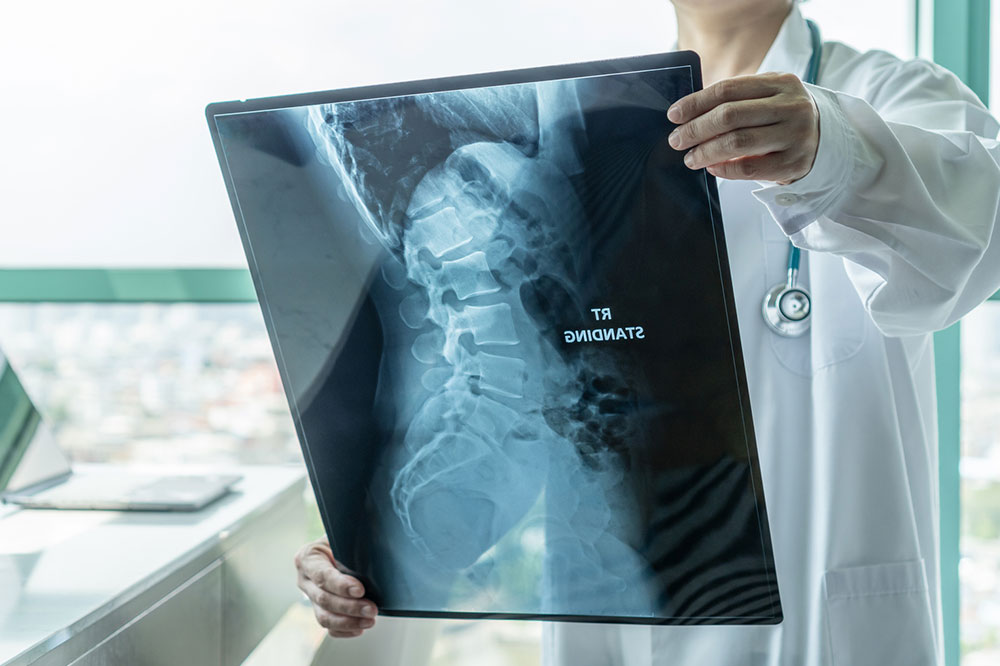Comprehensive Guide to Spinal Muscular Atrophy (SMA): Causes, Diagnosis, and Modern Treatments
This comprehensive guide explores spinal muscular atrophy (SMA), covering its causes, diagnostic procedures, and the latest treatment options like Spinraza. It emphasizes early detection, genetic testing, and individualized management strategies to improve patient quality of life and disease outcomes. The article provides valuable insights for patients, caregivers, and healthcare providers looking to understand and effectively address SMA in children. With recent advancements, SMA treatment has become more targeted and effective, offering hope for improved motor function and longevity.

Comprehensive Guide to Spinal Muscular Atrophy (SMA): Causes, Diagnosis, and Modern Treatments
Introduction to Spinal Muscular Atrophy (SMA)
Spinal Muscular Atrophy, commonly known as SMA, is a hereditary neuromuscular disorder that predominantly affects infants and young children. It is characterized by progressive muscle weakness and atrophy due to the degeneration of motor neurons in the spinal cord and brainstem. This neurological condition impairs the body's ability to control muscle movements voluntarily and involuntarily. Children with SMA face challenges in basic motor functions such as head control, sitting unsupported, crawling, and walking. The disease can vary significantly in severity, from children who never achieve certain motor milestones to those with milder forms who develop some muscle function over time. The impact on daily life is profound, often requiring lifelong management and supportive care. Understanding the causes, early detection, and the latest treatment options is vital for improving outcomes for those affected.
How is SMA Diagnosed?
Early and accurate diagnosis of SMA is crucial for implementing treatment strategies that can significantly influence quality of life and disease progression. The diagnostic process involves a comprehensive evaluation starting from a detailed medical history and physical examination. Physicians look for signs such as muscle weakness, decreased reflexes, and specific motor developmental delays. To confirm the diagnosis and determine the type and severity of SMA, several diagnostic tests are employed:
Nerve conduction studies - This test uses small electrodes placed on the skin to deliver electrical impulses, measuring how well the nerves communicate with muscles. It helps identify nerve or muscle abnormalities consistent with SMA.
Electromyography (EMG) - EMG assesses electrical activity in muscles and can reveal patterns typical of nerve degenerative conditions.
Genetic testing - A critical step in confirming SMA, genetic testing looks for mutations in the SMN1 gene, which is commonly associated with the disorder. Identifying deletions or mutations in this gene provides definitive diagnosis.
Imaging studies - CT scans and MRI imaging help visualize internal structures, rule out other causes of muscle weakness, and assess spinal cord health.
Muscle biopsy - In some cases, a small sample of muscle tissue is taken and examined microscopically to observe muscle fiber degeneration and other changes associated with SMA.
Current and Emerging Treatments for SMA, including Spinraza
Recent advances have revolutionized SMA treatment, shifting from supportive care to targeted therapies that address the underlying genetic causes of the disease. Spinraza (nusinersen) is among the most notable drugs approved for SMA management. It is designed to enhance the production of functional survival motor neuron (SMN) protein, which is deficient in SMA patients. The goal of Spinraza is to slow disease progression, improve muscle function, and enhance quality of life. Alongside pharmacological treatments, comprehensive supportive therapies are vital to managing symptoms effectively:
Mechanical ventilation support for children demonstrating respiratory muscle weakness.
Nutritional support, including feeding tubes, for those with swallowing difficulties.
Physical therapy and occupational therapy to improve strength, flexibility, and daily functioning.
Use of assistive devices like communication aids, orthotic braces, and mobility aids.
Potential Side Effects of Spinraza
Patients should seek immediate medical attention if they experience allergic reactions such as hives, swelling, or difficulty breathing.
Monitoring is essential for symptoms like unusual bleeding, kidney issues, chest pain, skin rashes, or abnormal development.
Typical side effects may include headache, back pain, nausea, vomiting, and cold-like symptoms.
Precautions and Safety Considerations Before Initiating Spinraza
Conduct allergy testing prior to treatment to avoid adverse reactions.
Evaluate kidney function through blood tests, especially if there is a history of kidney problems.
Pregnant or nursing women should consult their healthcare providers to discuss potential risks and benefits.
How Spinraza Works: Mechanism of Action
Spinraza contains an antisense oligonucleotide (ASO) that targets the defective RNA responsible for inadequate SMN protein production.
By modulating gene expression, Spinraza promotes the synthesis of functional SMN protein in nerve cells.
The medication is administered through intrathecal injections into the cerebrospinal fluid surrounding the spinal cord, ensuring targeted delivery directly to affected neurons, thereby improving muscle strength and function.
Drug Interactions and Considerations
Combining Spinraza with certain vitamins or herbal supplements may alter its effectiveness or increase the risk of side effects.
Always inform healthcare providers about all medications, supplements, and treatments to prevent adverse interactions.
Following the prescribed treatment protocol and regularly consulting with healthcare professionals is essential for managing SMA safely and effectively. This approach helps maximize benefits and minimize risks associated with therapy.





